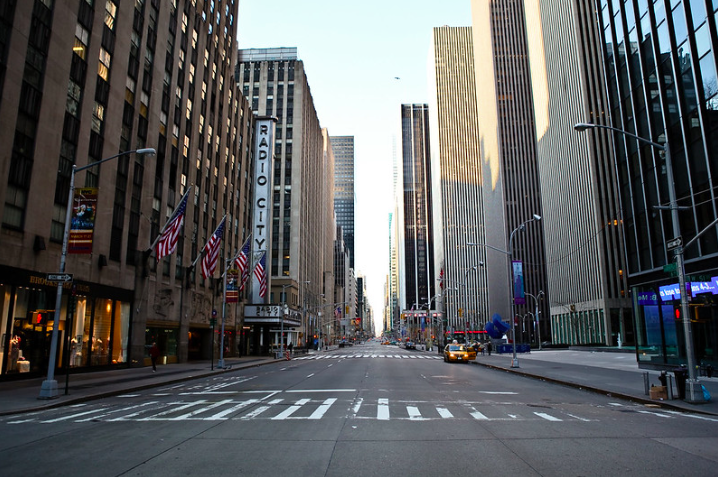
They Made New Lives in the U.S. The Coronavirus sent them fleeing
Post by Erin Bankert. Colgate Class of 2020.
Source: Kwai, Isabella, and Livia Albeck-ripka. “They Made New Lives in the U.S. The Coronavirus Sent Them Fleeing.” The New York Times, 1 Apr. 2020.
This article discusses the decision immigrants face to stay in the United States or return to their origin country during the Coronavirus pandemic. The article examines multiple different occupations who are based in New York City, a new epicenter of the virus. The author touches on a number of factors that may impact one’s decision to return home and shares the difficulties families faced throughout their decision-making process and in its aftermath.
Earlier in this course, we covered an immigrant’s decision to migrate home to their country of origin. In our model we focused on factors such as: wages in the destination, wages in the origin, cost of return migration, value of skills acquired in the destination used at home, and how transferable the skills are in the origin. Although a pandemic is an unusual situation, some of these factors still applied to immigrants’ decision to migrate home in the article. One couple decided to move back to Australia and now wakes up around 4 am to complete their work on Eastern Time. This is similar to the value of parameter ε in the equation that measures the transferability of skills across countries. The couple is able to complete their work in another country, and thus their skills are transferable. However, it is important to note this does not align with the model completely because the model looks at the immigrants’ skills transferring to a firm in the origin; in this case the couple is still working for the destination country.
Another major factor in one’s decision is the healthcare system. We have discussed in class that healthcare is a prominent push and pull factor for many immigrants. The article reveals that many migrants living in New York are choosing to return home because they have better healthcare in their origin countries. Additionally, the immigrants expressed fears that the United States would prioritize natives over immigrants for providing treatment or beds.
Furthermore, the Welfare Magnet Hypothesis speculates that immigrants move to countries to receive welfare. However, we see that welfare is not a major pull for immigrants and other factors such as networks and income have stronger effects. This article shows welfare and aid from the government being a push for immigrants to return home to their origin country during the Coronavirus pandemic.
Another interesting part of the article talked about one couple’s split decision. In the Family Decision Model, families choose to migrate or to stay by what will maximize their family utility. As a native-immigrant couple, the husband gained from staying in the US while the wife gained from going back to her origin country. Instead of one of them being a tied mover or tied stayer, the couple decided to split for the time being to maximize the utility for themselves separately, which in the long run may maximize the total family utility.
Furthermore, the wife is pregnant and is due in four months. With the uncertainty of when the pandemic will settle down, it is unknown if the family will reconnect in New York before the child is born. On a contrasting note, another couple from the article who is also expecting a child is choosing to stay in the United States. Their decision is largely based on the couple’s co-citizenship in Canada where they have contingency plans to drive across the border if the situation becomes dire. However, this is not an option for many immigrants because of the location of their country of origin. This anecdote exemplifies the importance of a country’s proximity in one’s decision to migrate.